Smarter, data-driven LSL replacement
Ready to tackle LSL replacements?
Here’s what you need to know.
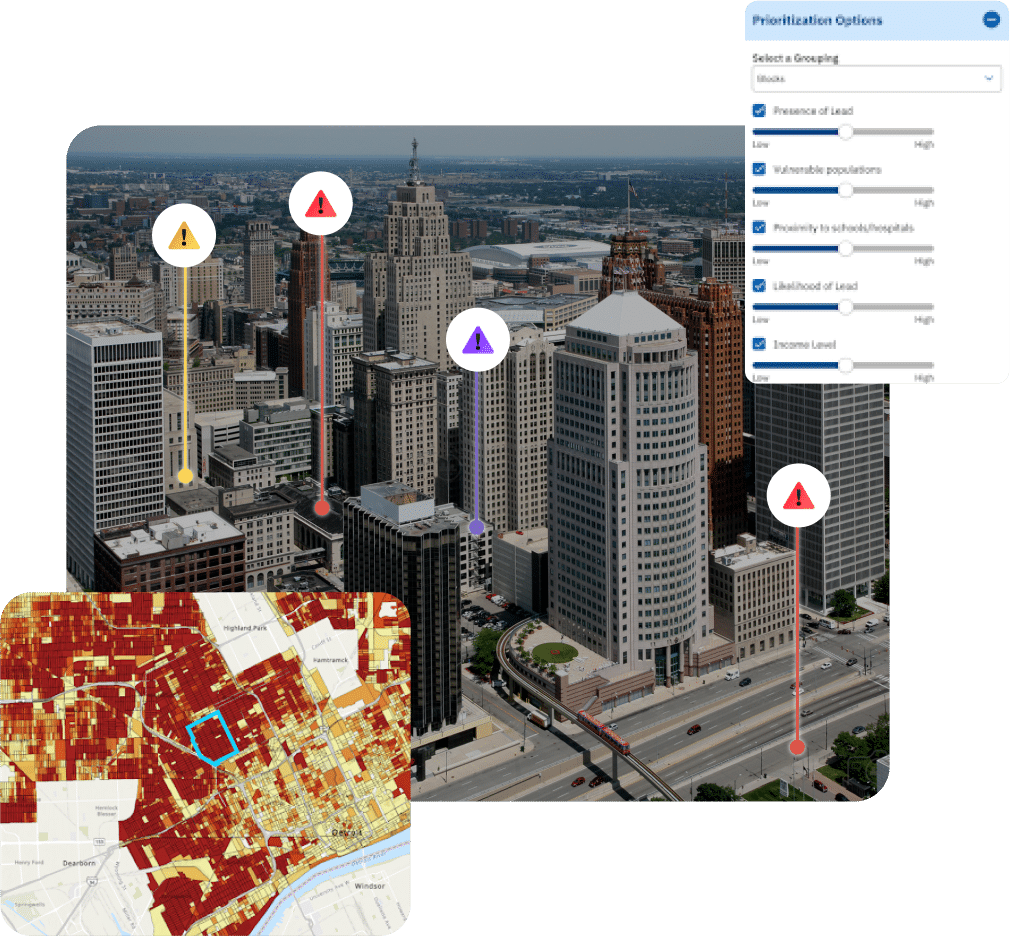
The challenges of LSLR
Replacing lead service lines is a critical public health initiative, but without the right data, it can be slow, costly, disruptive, and inefficient. Many municipalities struggle with incomplete records, high costs, and tough prioritization decisions, all while managing the risks of leaving lead in the ground.

Incomplete records
Many municipalities lack a clear picture of how many lead service lines exist or where they’re located.

High costs
Full-scale replacement programs require significant investment, making it essential to use funds wisely.

Prioritization decisions
Limited resources mean choosing pipes to replace first must be efficient and defensible.

Public health risks
Delayed replacements put communities, especially children, at risk of lead exposure.
How data-driven solutions make a difference
Leveraging predictive modeling and AI-driven insights helps utilities accelerate the process, improve accuracy, and prioritize high-risk areas. Instead of relying on costly physical verifications or incomplete records, a data-driven approach ensures:

Faster identification
Predict unknowns with high accuracy, reducing unnecessary excavations.
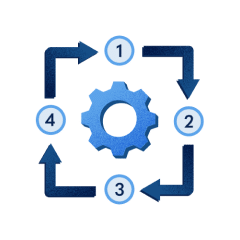
Smarter prioritization
Focus on high-risk areas first to meet compliance and protect public health.

Cost-effective decision-making
Optimize resources to save money and meet regulatory deadlines efficiently.

Public health risks
Delayed replacements put communities, especially children, at risk of lead exposure.
With the right data strategy, lead service line replacement doesn’t have to be overwhelming.
BlueConduit is here to help!
Best practices for data-driven LSLR
Discover a smarter, data-driven approach to LSL replacement that helps water systems and engineering firms meet compliance deadlines, optimize strategies, leverage AI, and build public trust.

Make a replacement prioritization strategy
You can’t replace everything at once, so where do you start? Create a prioritization strategy that focuses on public health risks, efficiency, and funding availability in a way that makes sense for your community. Aligning replacements with planned road or water projects can save money and minimize disruption. And since the LCRI requires prioritization based on impacted populations, a transparent, data-driven approach ensures fairness and builds public trust.
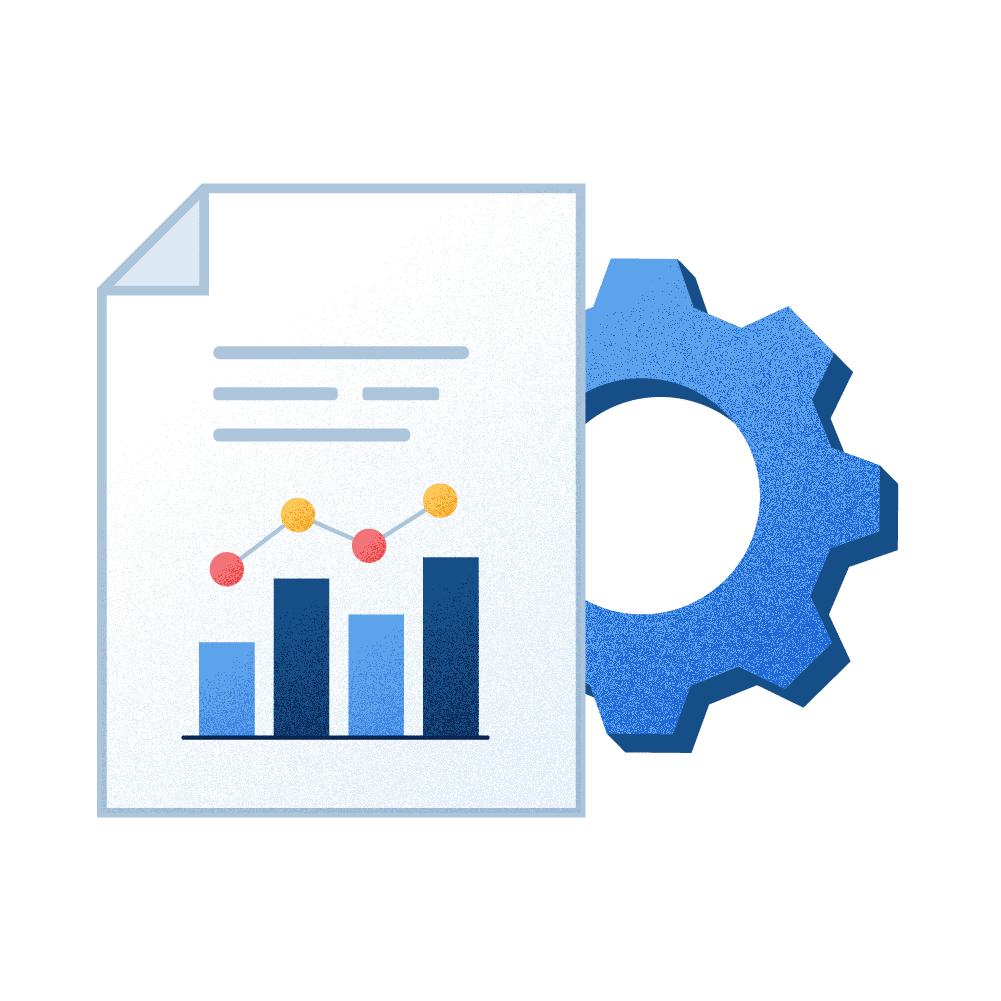
Create a robust dataset
A solid plan starts with good data. The more accurate your service line inventory, the smoother your replacement process will be. Use predictive modeling to quickly classify unknowns instead of relying on costly, time-consuming digs. Then, layer in key prioritization data—like where vulnerable populations live, where infrastructure projects are already planned, and other public health risk factors. A well-rounded dataset gives you the clarity to replace the right lines, at the right time, with confidence.
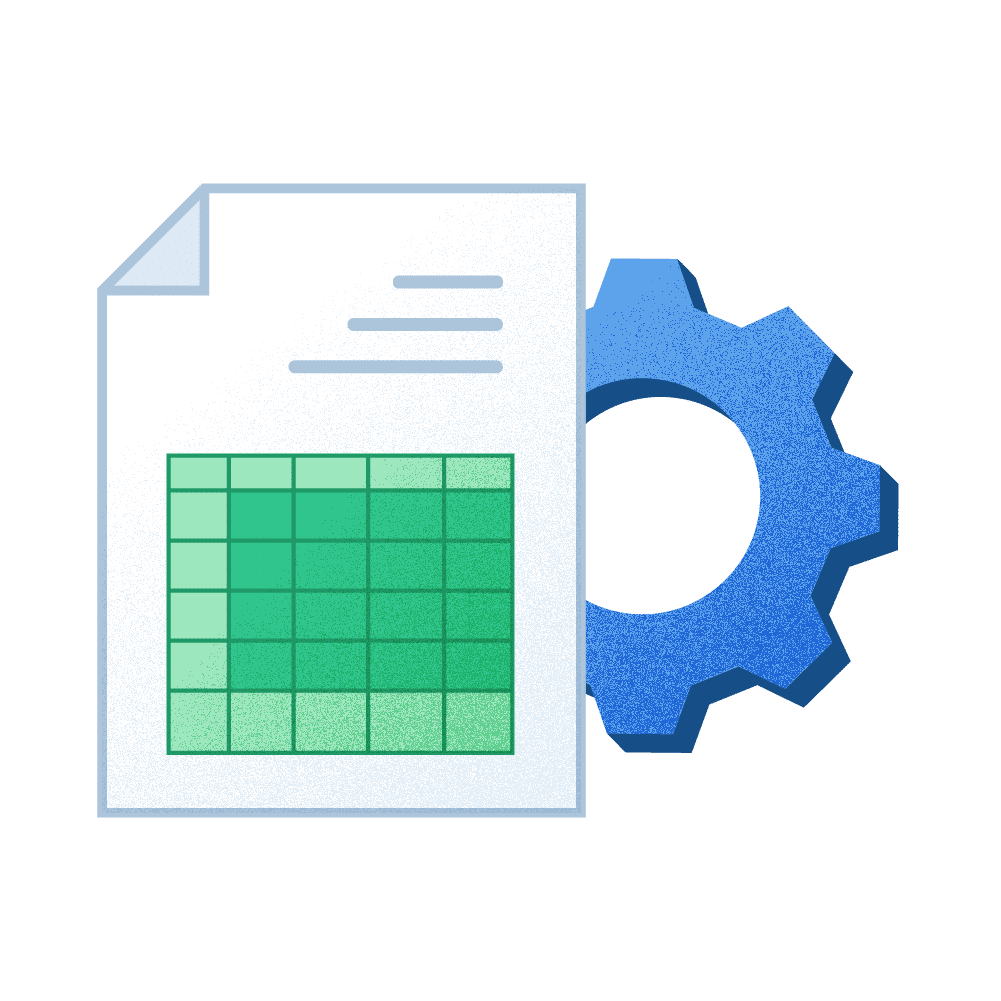
Use data to order & cluster LSLs for replacement
Replacing LSLs one by one across a city isn’t practical. Instead, group and rank replacements by street, neighborhood, or district. Clustering replacements reduces costs, speeds up the process, and keeps crews working efficiently. AI-driven tools can help utilities optimize priorities dynamically as new data comes in, ensuring you’re making the best use of your resources.
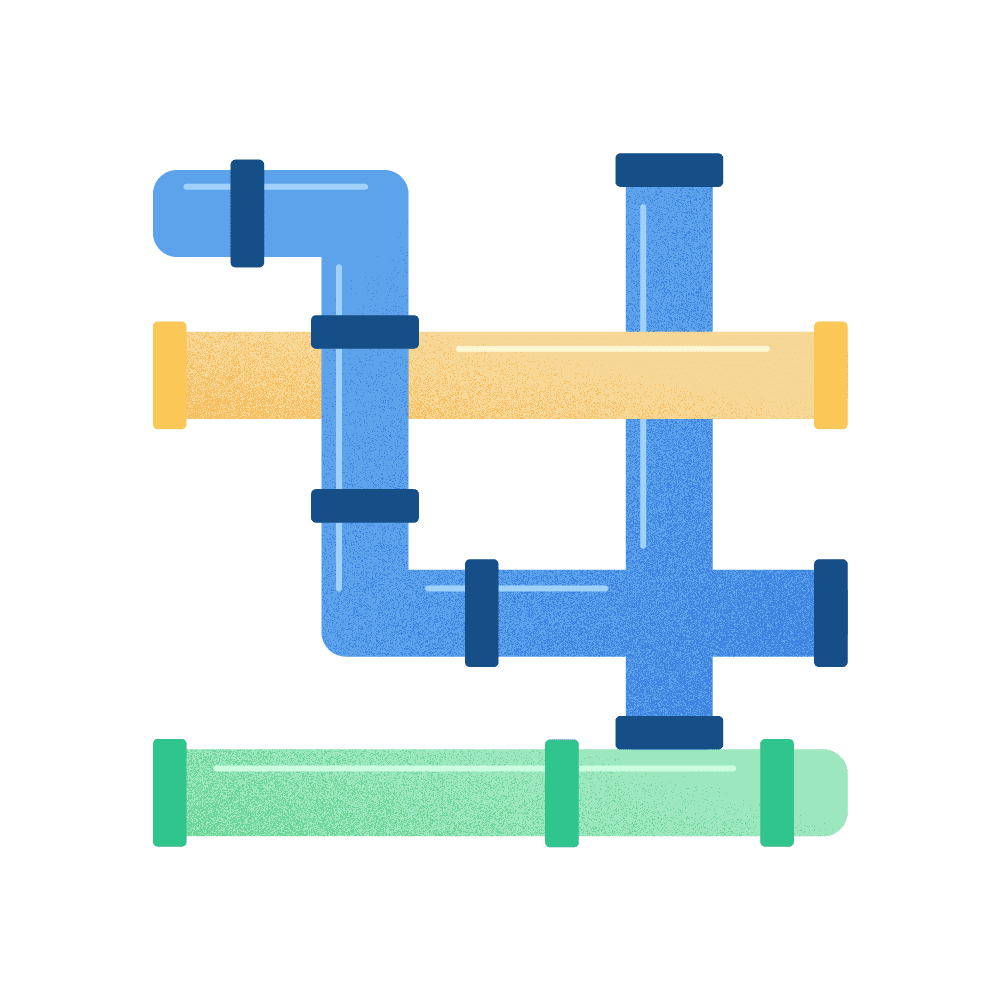
Use tools and processes that allow for flexibility
LSL replacement is a long-term effort, and things will change along the way. That’s why it’s essential to have tools that make communication, tracking, and adjustments simple. Dashboards that update in real-time, clear reporting tools, and easy ways to collaborate with contractors, regulators, and the public help keep everything on track. A flexible, data-driven approach ensures you can adapt as needed while staying compliant and efficient.
Create an efficient, data-driven LSL replacement strategy
Don’t let guesswork slow you down. Get the insights, best practices, and tools you need to streamline your LSL replacement program and ensure compliance. Download the guide and take the first step toward a data-driven solution.

